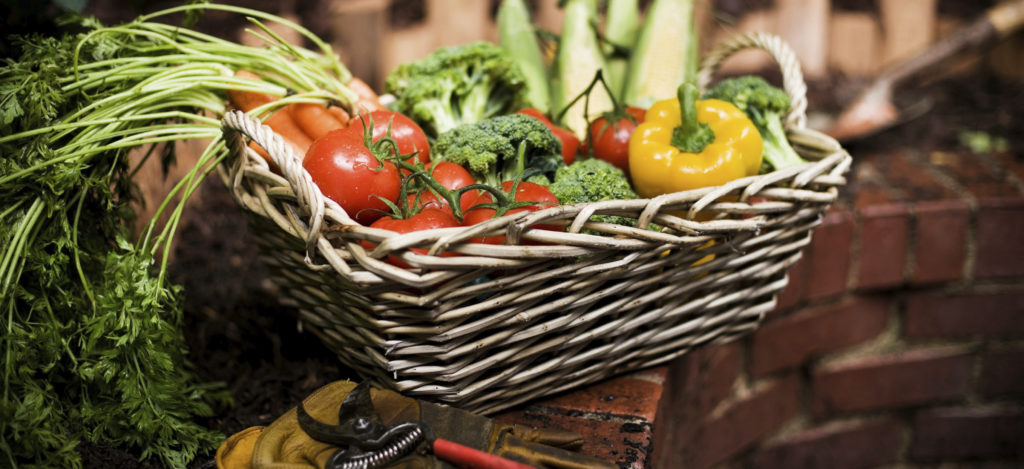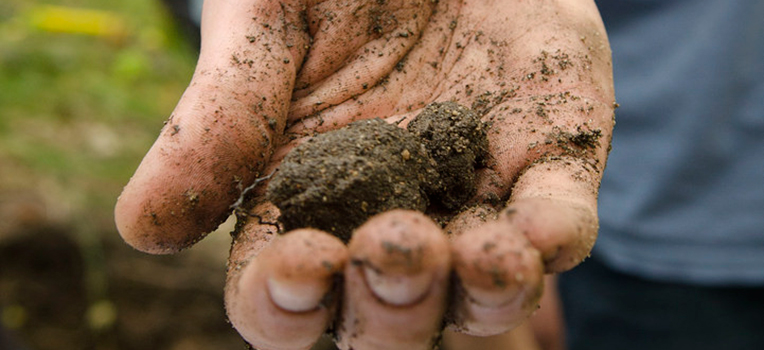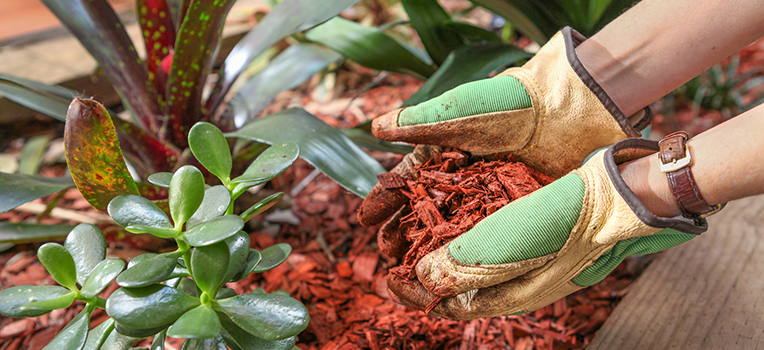How to start a vegetable garden: tips and tricks on creating a veggie patch
Always wanted to try growing veggies at home, but didn’t know where to start? Read on!
Why bother?
Have a chat to someone who loves growing their own produce and you’ll likely hear all about how you can save money on your grocery bill, or the satisfaction of sitting down to a meal made up of produce you’ve grown yourself - but the one point we all inevitably come back to is the taste.
There is nothing like the taste of freshly picked food. You know exactly how it was grown (no pesticides!), you know when it was picked – and you’ll really taste the absence of cold storage and repeated handling. In fact, for sweet fruit and veggies like tomatoes or berries, the moment they're picked their sugar begins to convert back to starch to give the produce as much natural longevity as possible. Moral of the story? They will never taste sweeter than straight from the plant!

Follow our advice and you could have a fantastic harvest just like this!
The basics
Your veggie patch can be a raised bed, a patch of soil or a scattering of pots – so long as you can meet the plants’ needs:
- Sunshine: Veggies need a full sun position, and that means 8 hours per day of direct sunlight, though they will cope with a minimum of 6. If you don’t have much sun, try sticking to leafy veggies like lettuce and spinach that will cope better with a reduced level of sunshine. Want more clarity on sunlight needs? Check out this article.
- Soil: Your veggies need loamy, well-drained soil. See the ‘Testing Your Soil’ section below for how to scope out whether your soil fits the bill. If you’re growing in pots select a good quality herb and vegie growing mix, like Supersoil Professional Herb & Vegie Potting and Planting Mix.
- Water: If Mother Nature doesn’t come through with regular watering, your veggies are going to need a good soak from you at least once a week. Remember, the closer you position your patch to your water source, the less of a chore this will seem.
- Competition: If you’re planting into the ground or an existing bed, make sure you don’t plant near tree roots or other plants that are hungry feeders. Weeds will also compete with your veggies for water and nutrients, so make sure you remove them as soon as they pop up.
- How many? When you’re choosing your seedlings, don’t get carried away. Planting too many may cause crowding, which will be a nightmare for maintenance and harvest, and you may end up with more produce than you can handle or even eat! Also take note of the label information for whether plants will provide multiple crops throughout the season (like tomatoes or capsicum) or just one (like corn or carrots). You may want to leave some space to plant a second batch of single-cropping varieties so that your harvest is staggered.
Testing Your Soil
Just like Goldilocks, your veggies will be happiest in soil that's ‘just right’. To test the current condition of your soil, give it a good soak with the hose. Leave it for a day, and then dig up a handful of soil and squeeze it to form a ball. Does it:
- Stream water?
The drainage in your soil is poor. Add compost or organic matter (like manure) to help improve the structure or drainage. - Fall apart at the slightest touch?
Your soil is too sandy! Adding organic matter will help to improve the structure and hold the moisture a little longer. - Hold together, even if you poke it fairly hard?
Sounds like too much clay. Organic matter will improve clay soil too, but you may also want to try adding some gypsum to help break down the gluggy bits. - Break into crumbs when you poke it, like a chocolate cake?
Your soil is perfect, get planting!
Loosen your soil with some digging and give it a good water a few days before you’re planning on putting your new garden in, to give your plants the best possible start.
Choosing Your Seedlings
If you’ve been buying the same type of tomato at the supermarket for years, you might be a bit overwhelmed when you shop for seedlings. The different varieties available of almost every vegetable can be mind-boggling – tomatoes, for example, range in size, texture and taste, so you’ll need to think about how you like to eat them and what you’re most likely to use.
This is one of the most exciting things about growing your own, so take the time to read the labels and find the right plants for you. Think about the size the plant grows to, how far apart they need to be spaced, how many weeks until harvest and whether they'll provide a single or repeated harvest through the season.
Planning Your Patch
Pots are a great option for edible gardens because you can fit a lot into a small space, create perfect conditions for soil and watering and even move pots around to adjust how much sunshine your plants receive.
If you’ve opted for a garden bed, take a moment to plan how you’ll plant up the bed to make things easier on you and make your plants happy.
- Row cropping is when you plant your seedlings single file in a row, leaving space either side for a walking path. This makes it easy to access each plant for maintenance and harvesting, but can use quite a bit of space – meaning less plants if you’re working with a pint-sized patch.
- Intensive cropping is when seedlings are planted without space between them, but in a bed no more than one metre wide. This allows you to fit more plants in and is a great way to mix produce with ornamentals, but remember to make sure you can reach the plants in the centre of the bed from the sides!
Whichever you choose, you’ll need to plant tall-growing veggies (or those growing onto tall climbing frames) furthest from the sun. This will stop them from hogging the sunshine and shading the other plants in your patch.
Mulch, Care and Feeding
After planting, put down a layer of mulch. It will help the bed retain water, keep out weeds, and - if you choose an organic mulch like sugar cane - it will add nutrients back into your soil as it breaks down. Learn more about mulching here.
In dry conditions, you’ll need to water your veggies once or twice a week. Stick the length of your finger into the soil and if it feels dry, give it a water. Remember that your plants are looking for a good soaking, not a light sprinkle.
Weeds compete with your plants for sunshine, water and soil nutrients. With the ideal conditions you’ve created for your veggies, you’re sure to have a few popping up. As mentioned above, laying down mulch at the time of planting can help to deter them, otherwise pull them out by hand as you spot them.
To really get the most out of your veggies, keep the nutrient levels up. This may be as simple as adding compost, but many gardeners like to use a liquid fertiliser as it provides nutrients in a way that is very easy for your plants to access. We recommend Amgrow Harvest for use on edibles. Follow the directions on the label, but don’t dose them more often than recommended – this could actually reduce your harvest rather than improve it!
Harvesting
Your hard work has paid off and your plants are bearing scrumptious–looking veggies! Leafy vegetables can be picked when the leaves are young or fully mature, or you might be watching for the colour change of varieties that ripen. The general rule of thumb is, if it looks good enough to eat, it probably is! Get picking and enjoy.
Pests and Diseases
For information on common pests and dieases, check out our article here.
For information on fungal diseases you might encounter, check out our article here. A good rule of thumb to discourage fungal problems is to water the soil, avoiding splashing the leaves as much as possible.
As a general rule, if you choose to use a pesticide be sure to check that it is safe to use on edibles, and observe any withholding period (time between spraying and eating) that may apply. Our favourite is Richgro Beat-A-Bug Naturally Based Insect Spray!



